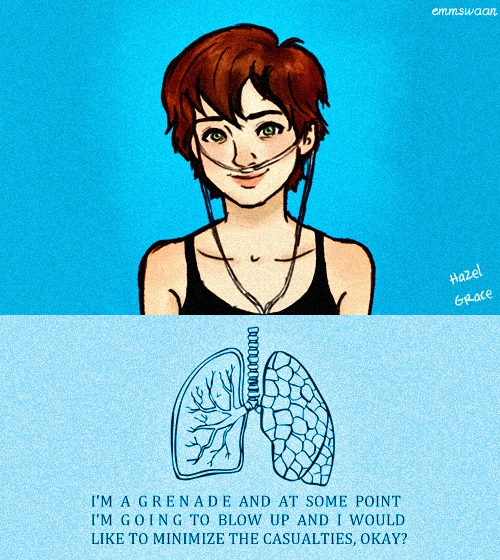A father and his young son journey across post-apocalyptic America some years after an extinction event. The land is covered with ash and devoid of life. The boy’s mother, pregnant with him at the time of the disaster, committed suicide some years earlier.
Realizing they cannot survive the winter, the man takes the boy south along empty roads towards the sea, carrying their meager possessions in their knapsacks and a supermarket cart. The man is suffering from a serious cough and knows he is dying. He assures his son that they are “good guys” who are “carrying the fire”. The pair have a revolver, but only two rounds. The father has taught the boy to use the gun on himself if necessary, to avoid falling into the hands of cannibals.
The father uses one of the rounds to kill a marauder who discovers them, disturbing the boy. They flee the marauder’s companions, abandoning most of their possessions. When they search a house for supplies, they discover a locked cellar containing captives whom cannibal gangs have been eating limb by limb and flee.
As they are near starvation, the pair discover a concealed bunker filled with food, clothes, and other supplies. They stay there for several days, regaining their strength, and move on. They encounter an elderly man whom the boy insists they share food with. Further along the road, they evade a group whose members include a pregnant woman, and soon after they discover a newborn infant roasted on a spit. They come to a house where they find more food and a wheelbarrow they use to carry their supplies, but the man’s condition is worsening.
The pair reaches the beach where a boat is drifting out at sea. The man swims to it and recovers supplies including a flare gun, which he demonstrates to the boy. After their wheelbarrow is stolen, they continue to look for it and those who took it. After finding a single man with the wheelbarrow, the father forces him to strip naked. After this distresses the boy, he leaves the clothes on the road with can of food, in hopes the man will find it.
In a town inland, the man is shot in the leg with an arrow. He loses blood and, after several days, realizes he will soon die. He tells the boy he can talk to him in prayer after he is gone, and that he must continue without him. After he dies, the boy stays with his body for three days. He is approached by a man who, with his wife, two children, and a dog. He convinces the boy he is one of the “good guys”, and takes him under his protection.
The Road has received numerous positive reviews and honors since its release. The review aggregator Metacritic reported the book had an average score of 90 out of 100, based on thirty-one reviews. Critics have deemed it “heartbreaking”, “haunting”, and “emotionally shattering”. The Village Voice referred to it as “McCarthy’s purest fable yet.” In a New york Review of Books article, author Michael Chabon heralded the novel. Discussing the novel’s relation to established genres, Chabon insists The Road is not science fiction; although “the adventure story in both its modern and epic forms… structures the narrative”, Chabon says, “ultimately it is as a lyrical epic of horror that The Road is best understood.”Entertainment Weekly in June 2008 named The Road the best book, fiction or non-fiction, of the past 25 years and put it on its end-of-the-decade, “best-of” list, saying, “With its spare prose, McCarthy’s post-apocalyptic odyssey from 2006 managed to be both harrowing and heartbreaking.”
On March 28, 2007, the selection of The Road as the next novel in Oprah Winfrey’s Book Club was announced. A televised interview on The Oprah Winfrey Show was conducted on June 5, 2007 and it was McCarthy’s first, though he had been interviewed for the print media before. The announcement of McCarthy’s television appearance surprised his followers. “Wait a minute until I can pick my jaw up off the floor,” said John Wegner, an English professor at Angelo State University in San Angelo, Texas, and editor of the Cormac McCarthy Journal, when told of the interview. During Winfrey’s interview McCarthy insisted his son, John Francis, was a co-author to the novel, revealing that some of the conversations between the father and son in the novel were based upon actual conversations between McCarthy and his son. The novel was also dedicated to his son; in a way it is a love story for his son, but McCarthy felt embarrassed to admit it on television.




